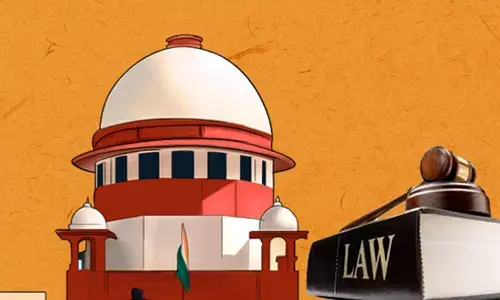The Ancient leaf

The betel leaf is known to be an aphrodisiac
This ancient leaf is unfortunately looked down upon in most part of the country and is used as an ethnic Indian chew, which is usually served at the end of an Indian meal and ceremonies such as weddings or receptions.
Picture this traditional scene: a wife takes a betel leaf, stuffs it with many other ingredients, rolls it deftly, and then offers it to her husband. Munching paan is not only leisure but it also brings a sense of well–being along with a relaxed conversation after a hearty meal.
Some people consider chewing paan as a bad habit but in reality, its useful properties are unending. But some people by adding tobacco to the paan destroys its nutritive value. Eating paan is not bad but, spitting its juices on the road is awful.
It is a stimulant, digestive, carminative (anti–flatulent), anti–inflammatory, anti–phlegmatic and an excellent pain reliever. In Ayurveda it is categorised as an aphrodisiac. It is also a good source of absorbable calcium. In Thailand and China, the leaves are used to relieve toothache. Betel nut powder is one of the ingredients added in tooth powders. In Malaysia, betel leaves are used to treat headaches and joint pain.
It also helps in removal of tapeworms and other intestinal parasites by swallowing a few teaspoons of powdered betel nut, or by taking tablets containg the extracted alkaloids. The betel leaf symbolises the union between man and woman, and is believed to have aphrodisiac properties. Due to this, worship of lord Shiva excludes betel, as he is a supreme yogi.
It is believed that Lord Krishna used to chew betel leaves. Empress Noor Jahan, mother of Emperor Shah Jahan who built Taj Mahal, made the tradition of eating paan popular. Betel leaf and nut have always been an integral part in rituals.
(The writer is a Mumbai based nutritionist, obesity and health consultant)
Next Story















